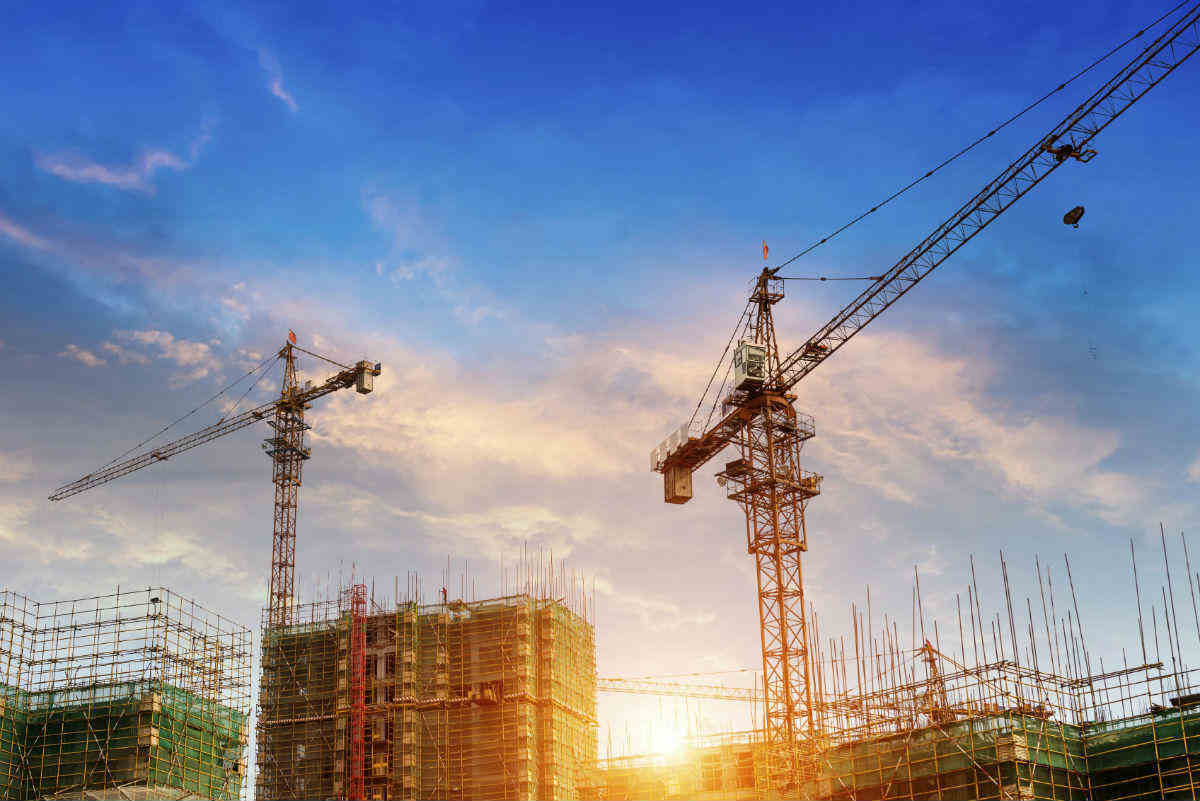Each year, the number of new building construction continues to increase.

Building collapses do not happen often; however, they are extremely dangerous to the people working in the vicinity, passers-by, and construction workers. Building collapses can cause damage, injuries, and even loss of life.
Types of Building Collapses
There are three types of building collapses:
- collapse of a constructed building
- collapse during the construction of a building
- collapse during the demolition of a building
A poorly constructed building, the use of poor construction materials, and the non-compliance of construction standards can lead to the collapse of a building. In addition, not acquiring proper permits for demolitions and not following standard procedures for demolition can increase the risk of a building collapse.
The Risk of a Building Collapse
Building collapses almost always have dire consequences. Severe damage to property, health, and even loss of life are often the outcomes. It is the responsibility of the construction company to ensure that their employees are well protected and proper safety measures are taken to avoid accidents. Some of the hazards that a construction company face are:
- flooding
- exposure to dangerous electricity
- exposure to fire from gasoline
- exposure to harmful chemicals and pathogens
- confined spaces
- lack of oxygen
- radiological contamination
- bad weather conditions
- collapse after a second explosion
Any of these hazards can cause a number of work-related accidents, personal damage, and injuries, such as toxic poisoning, permanent disability, brain damage, severe burns and abrasions, crushed limbs, loss of limbs, asphyxia, and loss of life.
OSHA Workplace Regulations
The Occupational Safety and Health Administration (OSHA) has established certain rules, regulations, and standards to ensure that construction workers are well protected from dangers at the work place. OSHA has also set protective regulations to ensure the protection of any outsiders who may be in close proximity to ongoing construction work and could be injured as a result of accidents caused by negligence.
OSHA Procedures for Building Collapses
There are OSHA procedures for dealing with building collapses. In case a building collapses, the regulatory body initiates an Incident Command System. A structure specialist arrives on the scene of the collapse to evaluate the immediate condition of the structure and determines ways to mitigate future damage and to minimize risks for rescue teams.
Next, a safety officer will inspect the building collapse to verify if there was any foul play involved, any neglect on the part of the construction firm, or if there were any mistakes on the part of the officer in charge. The safety officer will document injuries suffered by employees, the protective equipment used, assess any identified risks, and assess any instabilities in the structure.
St. Louis Work Related Injury Lawyer
Despite preventive measures, accidents do happen. Workers who get injured in a building collapse should know their legal rights. Contact a St. Louis work related injury lawyer for legal assistance. Call The Law Office of James M. Hoffmann at (314) 361-4300.
Workplace Injury and Accident Causes
Asbestos Exposure
Asbestos Removal
Second Hand Asbestos Exposure
Sexual Assault Workplace
Physical Assault at Workplace
Workplace Injuries Assembly Line
At Fault Accident
Workplace Attack
Benzene Exposure
Injured on Lunch Break
Building Collapse
Workplace Bullying
Chemical Exposure in the Workplace
Chemical Hazards in the Workplace
Cold Stress in the Workplace
Combustible Dust Explosion
Computer Use
Construction Site Accident
Conveyor Belt Accident
On the Job Injury Cause by Coworker
Crane Accident
Injuries from Desk Jobs
Diesel Exhaust Fumes Exposure
Digging Injury
Breaking Company Policy
Drowning at Work
Workplace Drug Use
Electrical Workplace Accidents
Elevator Accident
Equipment Accident
Ergonomics in the Workplace
Excessive Overtime
Workplace Explosion
Extreme Danger
Fall at Work
Fire in the Workplace
Slicer Accident
Forklift Accident
Walk in Freezer
Gas Pipeline Accident
Hard Work
Workplace Hazardous Substances
Hazardous Equipment in the Workplace
Heavy Machinery Accident
Horseplay in the Workplace
Danger at Workplace
Insomnia in the Workplace
Jumping Accident
Ladder Falls at Work
Loading Dock Accident
Machinery Accident Workplace
Equipment Failure Accident
Mining Accident
Mold in the Workplace
Nail Gun Accident
Workplace Noise
Non Collision Accident
Heavy Objects
Workplace Office Equipment
Opioid Use
Injury at Work Due to OSHA Violation
Overexertion Injuries at Work
Use of Pain Killers
Power Tool Injury
Inadequate PPE
Repetitive Motion Injuries in the Workplace
Mansfield Bar
Scaffolding Accident
Secondhand Smoke in the Workplace
Side Effects
Silica Exposure
Sleep Disorder
Slip and Fall Injuries in the Workplace
Stairs at Work
Struck by a Vehicle
Tar Fumes
Toxic Chemical Exposure
Toxic Fumes in the Workplace
Car Accident While Working
Trench Collapse
Trips at Work
Unsafe Working Conditions
Workplace Violence
Welding Injury
Winter Hazards in the Workplace
Working Shifts
